Bhagwan Narasimha (also known as Narasingh, Narsingh, or Narasingha) is the fiercest and most powerful incarnation of Bhagwan Vishnu, who appeared in a unique half-man, half-lion form to protect His devotee Prahlada and destroy the tyrant Hiranyakashipu. As the fourth avatar in the Dashavatara, He represents the swift and direct intervention of divinity to restore dharma and annihilate adharma. His emergence from a pillar symbolizes the omnipresence of the divine, responding instantly to pure devotion. This incarnation followed Bhagwan Vishnu’s Varaha avatar, who rescued the Earth from Patala and defeated the demon Hiranyaksha. Narasimha’s appearance marked the continuation of this divine mission, as Hiranyakashipu was the brother of Hiranyaksha, and his destruction reaffirmed the victory of righteousness over evil.
Iconography & Symbolism of Narasimha
Bhagwan Narasimha, the fourth avatar of Vishnu, appears in a unique form with the body of a man and the fierce face and claws of a lion. This manifestation was designed to overcome the deceptive boons granted to the demon king Hiranyakashipu by Bhagwan Brahma, which made him immune to death by man or beast, god or demon, weapon, day or night, indoors or outdoors, or on earth or in the sky. After Hiranyakashipu banned all worship of Vishnu and declared himself supreme, his son Prahlada remained firmly devoted to the Bhagwan. When challenged to prove Vishnu’s presence in an iron pillar, the Bhagwan emerged from it as Narasimha, appearing at twilight, dragging the tyrant to a threshold, placing him on His lap, and slaying him with His claws, fulfilling all the conditions of the boon. Narasimha’s form symbolizes divine intelligence, strength, and justice. His iconography includes glaring eyes, a roaring face, and
powerful limbs, projecting unstoppable force. He is revered in over 74 forms, with nine being most prominent, named Ugra, Krodha, Malola, Jwala, Varaha, Bhargava, Karanja, Yoga, and Lakshmi Narasimha. Among these, Lakshmi Narasimha reflects the Bhagwan’s calm and compassionate aspect.
The Legend of Prahlada and Hiranyakashipu
Hiranyakashipu, the demon king intoxicated by power, ruled with cruelty and sought to erase the name of Vishnu from every corner of existence. After gaining a deceptive boon from Bhagwan Brahma that seemingly made him immortal, shielded from death by man or beast, indoors or outdoors, day or night, on earth or in the sky, and by no weapon, he declared himself the supreme deity. Yet in the heart of his own palace lived his greatest challenge: his young son Prahlada, a gentle soul of unshakable faith who constantly chanted the name of Bhagwan Vishnu. Neither threats nor torture could silence his devotion. The contrast between Prahlada's serene surrender and Hiranyakashipu's raging arrogance created a divine tension that drew the cosmos to attention. When the furious king demanded to know where this so-called God resided, Prahlada’s quiet reply, “He is everywhere,” ignited destiny. Striking a pillar in defiance, Hiranyakashipu unknowingly summoned the very force he tried to suppress. From within the pillar burst forth Bhagwan Narasimha, a magnificent being beyond definition, neither human nor beast. At twilight, on the threshold, He seized the tyrant, placed him across His lap, and tore him apart with His claws, defying every clause of the boon with divine precision. This moment was more than a conquest; it was a revelation. It showed the world that true devotion has the power to bend the laws of creation and that no force, however invincible it may seem, can stand against the will of the Divine when the heart is pure.
Benefits of Worshipping Narashimha
Bhagwan Narasimha, the fierce yet compassionate avatar of Bhagwan Vishnu, manifests in several divine forms, each representing a distinct aspect of his cosmic power and purpose. These forms are not just symbolic, they are worshipped by devotees seeking specific blessings and spiritual goals.
Ugra Narasimha is perhaps the most iconic form, depicted as the ferocious deity tearing apart the demon king Hiranyakashipu. This form embodies intense, wrathful energy and is invoked for powerful protection against enemies, evil forces, and even inner fears. Devotees worship Ugra Narasimha to remove obstacles and gain courage, making it easier to face life’s challenges without fear.
Lakshmi Narasimha presents a stark contrast, showing the Bhagwan in a serene posture with Goddess Lakshmi seated on his lap. This manifestation radiates grace, compassion, and divine protection. Worshippers turn to Lakshmi Narasimha for peace, prosperity, and family harmony, as this form brings emotional healing and blessings for a happy, prosperous household.
Yoga Narasimha is depicted in deep meditation, reflecting inner stillness and spiritual discipline. This form is especially revered by spiritual seekers aiming for self-realization, detachment from worldly distractions, and higher knowledge. Meditating upon Yoga Narasimha fosters resilience, clarity of mind, and a profound sense of inner peace.
Jwala Narasimha is the blazing, fiery aspect of the Bhagwan, representing the unstoppable force that annihilates adharma (unrighteousness). Worship of Jwala Narasimha burns away negativity, dissolve karmic obstacles, and invoke divine justice. Devotees seek his blessings to overcome persistent problems and to purify their lives of harmful influences.
Veera Narasimha is the victorious form, depicted as proud and triumphant after vanquishing evil. This aspect inspires spiritual courage and the strength to stand up for righteousness. Devotees pray to Veera Narasimha for the confidence to confront injustice and to uphold dharma in their own lives.
Panchamukha Narasimha is a unique form with five faces; Narasimha, Varaha, Hayagriva, Garuda, and Hanuman, each representing a different divine power. Worshipping this form offer comprehensive protection from all directions and to combine the blessings of multiple deities, making it a powerful shield against all kinds of dangers.
Krodha Narasimha features boar-like (Varaha) characteristics and extruded teeth, symbolizing the Bhagwan’s role as a fierce protector of devotees and Mother Earth. This form is worshipped for both environmental stewardship and spiritual safeguarding, reminding devotees of the importance of balance between nature and spirituality.
Malola Narasimha is a gentle, loving form, depicted with Lakshmi on his lap. This aspect is worshipped by those seeking love, compassion, and emotional healing. Malola Narasimha is especially revered by devotees who need comfort during difficult times, as his blessings soothe the heart and bring solace.
Chatravata Narasimha is shown seated under a banyan tree, symbolizing calmness and a deep connection with nature. Worship of this form brings peace to one’s surroundings and a sense of tranquility in daily life.
Pavana Narasimha stands as the purifying aspect of Narahimsa. In this form brings relief from ailments, promotes physical and spiritual healing, and purifies the soul, making it ideal for those seeking recovery and renewal.
Bhargava Narasimha is associated with the sage Parashurama and represents serene protection against evil. This form is worshipped for the strength to overcome challenges and for steadfastness in the face of adversity.
Karanja Narasimha is depicted with a bow and arrow, seated under a tree, and is closely linked to Bhagwan Rama. Devotees worship this form for blessings in penance, devotion, and for a deeper connection with Bhagwan Rama’s virtues.
Varaha Narasimha combines the features of Varaha (the boar avatar) and Narasimha, symbolizing the protection of the Earth and the stability of the devotee’s life. This form is worshipped for support, strength, and the safeguarding of both the planet and one’s personal foundation.
Each form of Bhagwan Narasimha offers unique blessings, allowing devotees to connect with the aspect of the divine that best suits their needs, whether it’s fierce protection, gentle compassion, or spiritual enlightenment. Worshipping Narasimha is thus a powerful path to both worldly success and spiritual fulfillment.
General Benefits of Worshipping Bhagwan Narasimha
- Protection from evil, negative energies, and malicious influences
- Removal of obstacles in personal and professional life
- Health, healing, and purification of the mind and environment
- Courage, fearlessness, and resilience in adversity
- Spiritual growth, self-realization, and clarity
- Wealth, prosperity, and family harmony
- Liberation (moksha) and ultimate union with the divine
- Cleansing of sins and development of pure devotion
Bhagwan Narasimha inspires intense inner strength, resilience, and unwavering faith. His devotees gain the power to face life’s challenges with fearlessness and
resolve. His worship strengthens willpower and fortifies the heart, enabling the seeker to stay rooted in truth and righteousness even in adversity.
Puja Vidhi: Worship Rituals of Bhagwan Narasimha
Performing a structured puja for Bhagwan Narasimha strengthens the spiritual connection with His divine energy and invites His grace.
The following steps outline a complete and traditional ritual process:
Preparation
Cleanse the puja area thoroughly. Take a bath to purify the body and wear clean clothes. Set up the altar with an image or idol of Bhagwan Narasimha, placing it on a clean, raised platform. Decorate the altar with flowers, a diya (oil lamp), and sacred items such as sandalwood paste and turmeric.
Invocation (Dhyana)
Sit in a meditative posture facing the altar. Close your eyes and invoke the divine presence of Bhagwan Narasimha by visualizing His powerful form—half man, half lion, radiant with fiery brilliance. Silently or aloud, invite Him to accept your worship and reside in the image before you.
Offerings (Upacharas)
Offer the sixteen traditional upacharas (ritual items) or simplify them based on your capacity.
Key offerings include:
- Flowers and garlands
- Incense (agarbatti or dhoop)
- Lamp with ghee or oil
- Pure water and sandalwood paste
- Fruits, sweets, and cooked food
- Offer each item with heartfelt devotion, reciting His name or mantra with each offering.
Mantra Chanting
Chant mantras dedicated to Bhagwan Narasimha. The most powerful and commonly recited mantra is:
“Ugram Viram Maha Vishnum Jvalantam Sarvato Mukham Nrisimham Bhishanam Bhadram Mrityur Mrityum Namamy Aham”
This mantra invokes His fierce and protective form. Chant it 9, 27, or 108 times using a mala.
Aarti
Light the camphor or ghee lamp and perform aarti by rotating it in a circular motion in front of the deity, usually in a clockwise direction. Accompany the aarti with clapping and singing of devotional hymns such as the Narasimha Aarti.
Prasad Distribution
Conclude the puja by offering naivedya (food offering) to the deity. After a few minutes, distribute the prasad among family members or participants as a blessing from Bhagwan Narasimha.
Performing these rituals with unwavering devotion invokes the divine protection of Bhagwan Narasimha, removes inner and outer negativity, and brings peace, prosperity, and spiritual upliftment.
Powerful Narasimha Mantras for Protection
Chanting Bhagwan Narasimha’s mantras invokes His powerful presence to safeguard and uplift the seeker.
Below are some of the most potent mantras dedicated to Bhagwan Narasimha:
Narasimha Moola Mantra (Sri Narasimha Maha Mantra)
“Om Ugram Viram Mahavishnum Jvalantam Sarvatomukham Nrisimham Bhishanam Bhadram Mrityum Mrityum Namamyaham”
Meaning: I bow to Bhagwan Narasimha, the fierce and valorous form of Mahavishnu, blazing in all directions, terrifying yet auspicious, who is the destroyer of even death.
Narasimha Gayatri Mantra
“Om Narasimhaya Vidmahe Vajranakhaya Dhimahi Tanno Simhah Prachodayat”
Meaning: We meditate upon Bhagwan Narasimha, whose nails are like thunderbolts. May that lion-like supreme being inspire and guide our intellect.
Spiritual Practices and Observances
Worship of Bhagwan Narasimha is not limited to Narasimha Jayanti alone. Devotees engage in regular spiritual disciplines to invoke His grace and protection:
- Fasting: Observing vrat or upavas on Narasimha Jayanti and other auspicious days strengthens discipline and purifies the body and mind.
- Meditation: Focusing the mind on the fierce yet protective form of Bhagwan Narasimha develops inner strength, fearlessness, and spiritual clarity.
- Charity: Acts of compassion, such as feeding the hungry and supporting dharmic causes, are expressions of devotion and humility.
- Temple Visits: Pilgrimages to Narasimha temples, especially prominent shrines like Ahobilam, Simhachalam, and Sholingur, deepen the devotee’s connection with the Bhagwan and offer collective worship benefits.
- Narasimha Jayanti: It marks the auspicious appearance of Bhagwan Narasimha, the fierce and compassionate incarnation of Bhagwan Vishnu, who emerged to protect His devotee Prahlada and annihilate the demon Hiranyakashipu. Celebrated on the fourteenth day of the bright half of the Vaishakha month, this festival holds deep spiritual significance for devotees across India.
These practices serve as powerful means to overcome inner negativities, dissolve karmic obstacles, and attain divine protection and spiritual growth under the shelter of Bhagwan Narasimha's mighty presence.
Walk with the Lion: Let Narasimha’s Energy Transform Your Life
In moments of uncertainty and fear, Bhagwan Narasimha embodies unwavering protection and transformative strength. His energy is not confined to legend; it is a living force that dispels darkness and restores balance. Through his mantras, you access a reservoir of courage and clarity that cuts through confusion and empowers decisive action.
Chanting Narasimha’s mantras is a direct invocation of his presence. Each repetition builds a shield of spiritual resilience, awakening inner conviction and dissolving hesitation. The vibrations of these sacred sounds realign your mind, sharpen focus, and instill a sense of invincibility rooted in truth.
Integrate these chants into your daily routine during the tranquil hours of dawn or at dusk. Use a Rudraksha mala to maintain rhythm and deepen concentration. With consistent practice, the transformative effects become evident; fear recedes, confidence grows, and your spirit stands fortified against adversity.
This practice is an active alignment with divine strength. By inviting Narasimha’s energy into your life, you step beyond limitation and embrace a path of fearless authenticity. Walk with the Lion, and let his force guide you to unwavering courage and spiritual clarity.
Rudra Centre Bhagwan Narashimha Products
Shree Narasimhadev Yantra Locket
Locket featuring Shree Narasimhadev Yantra on one side and Bhagwan Narasimha on the other, designed for protection and blessings.
Click Here to Buy Shree Narasimhadev Yantra Locket
Lakshmi Narasimha Swamy Brass Idol
Brass idol of Bhagwan Narasimha with Goddess Lakshmi seated on his lap, symbolizing protection and prosperity.
Click Here to Buy Lakshmi Narasimha Swamy Brass Idol
Narasimha Shaligram Murti
Idol of Bhagwan Narasimha carved from sacred Shaligram stone, representing divine protection and victory over evil.
Click Here to Buy Narasimha Shaligram Murti
Bhagwan Narasimha Puja, Mantra Japa and Yajna
Vedic ritual service dedicated to Bhagwan Narasimha for protection, success, and prosperity, performed by expert priests.


-in-Astrology.jpg)
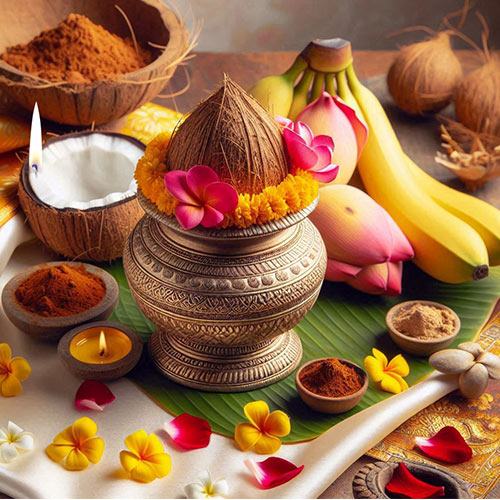

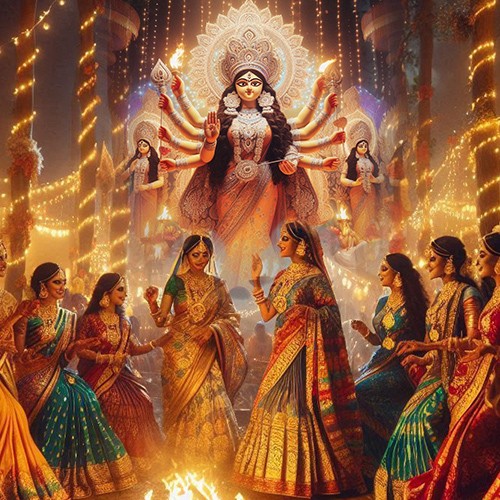
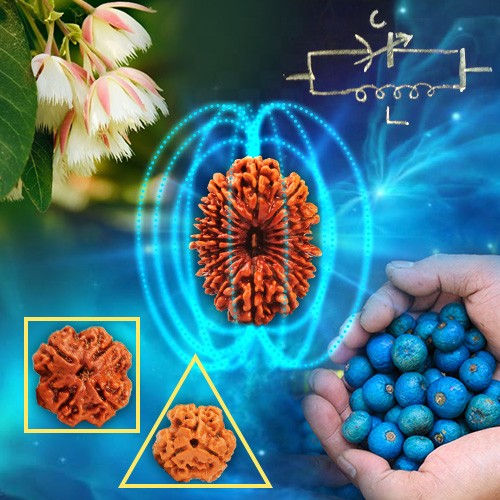

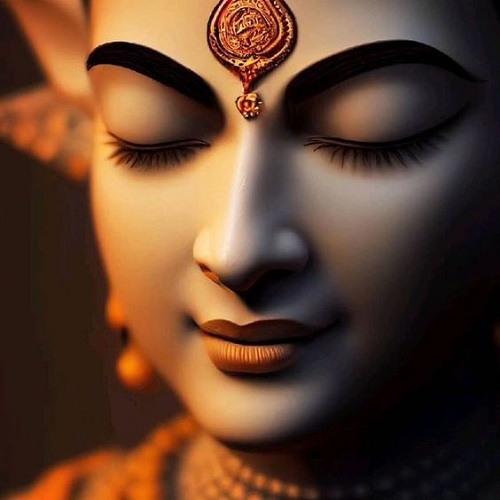
.jpg)
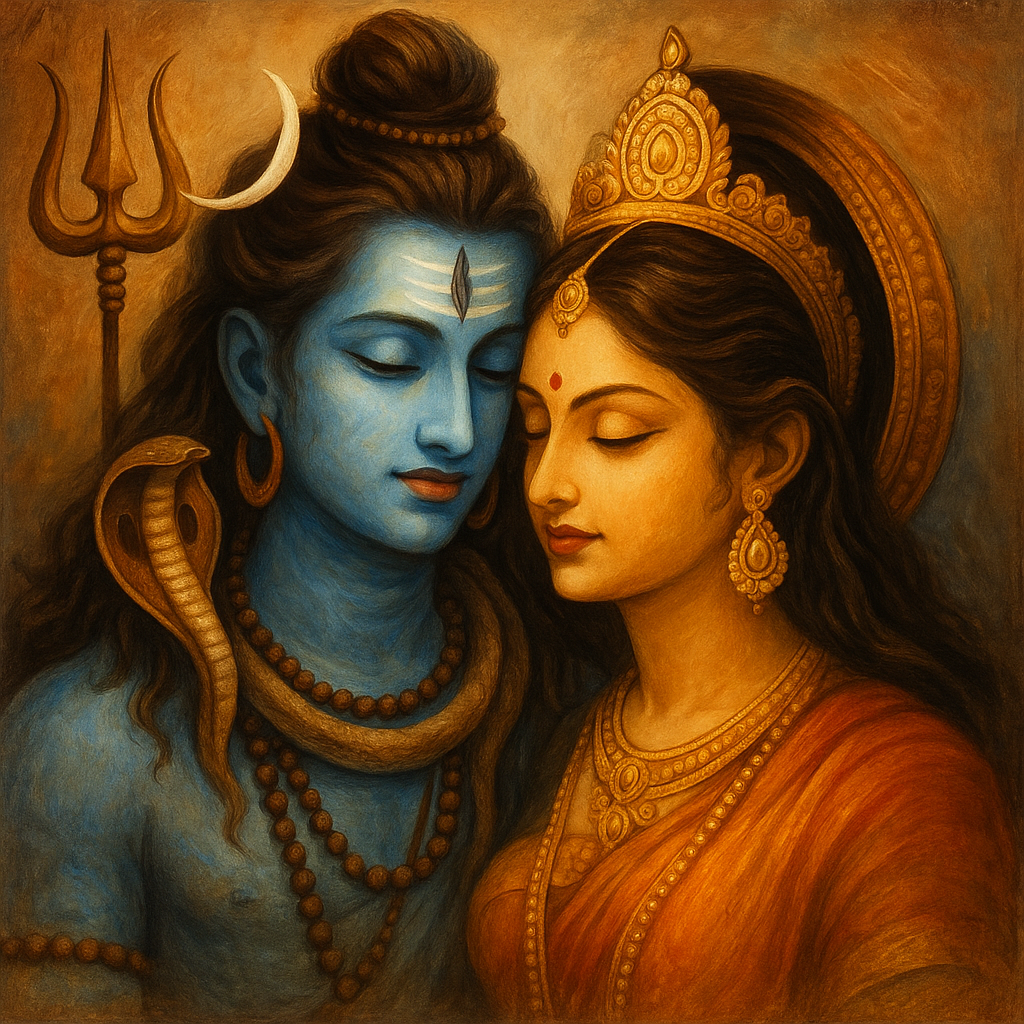
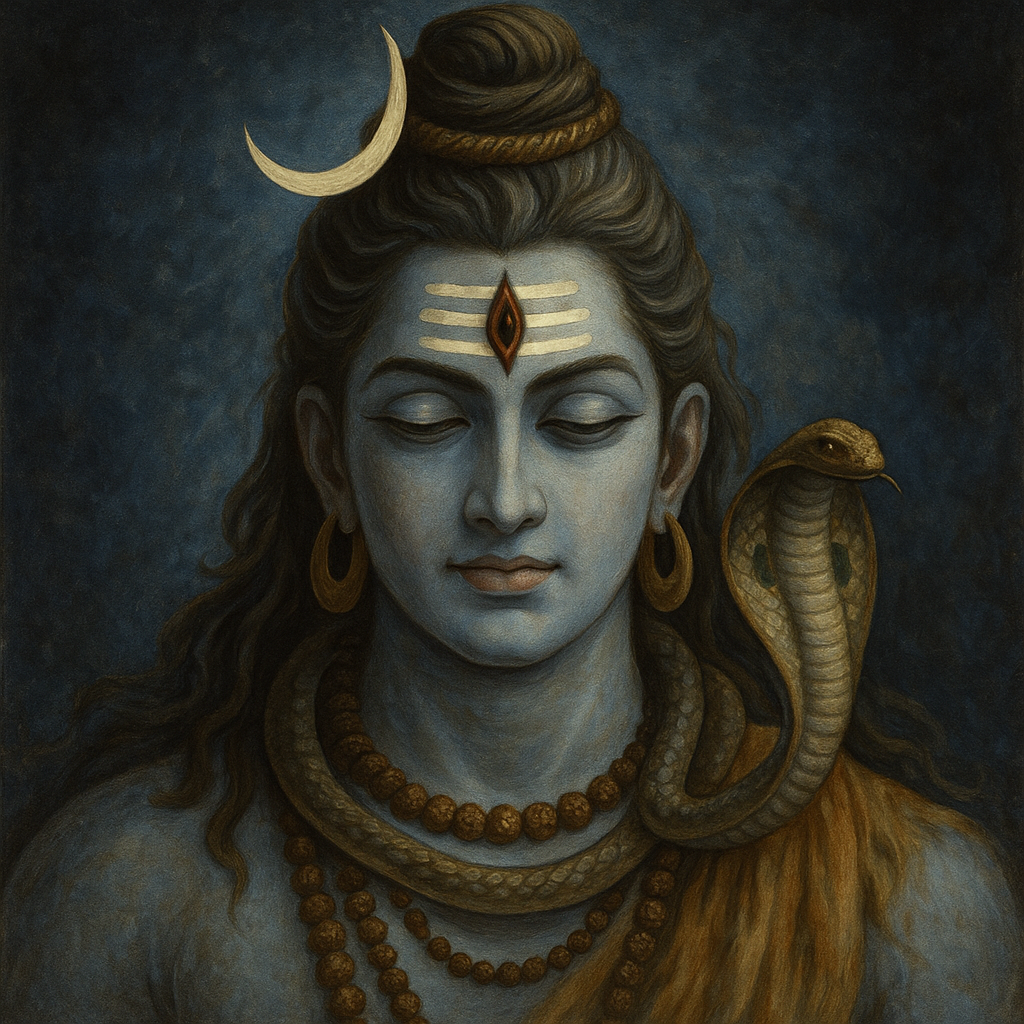
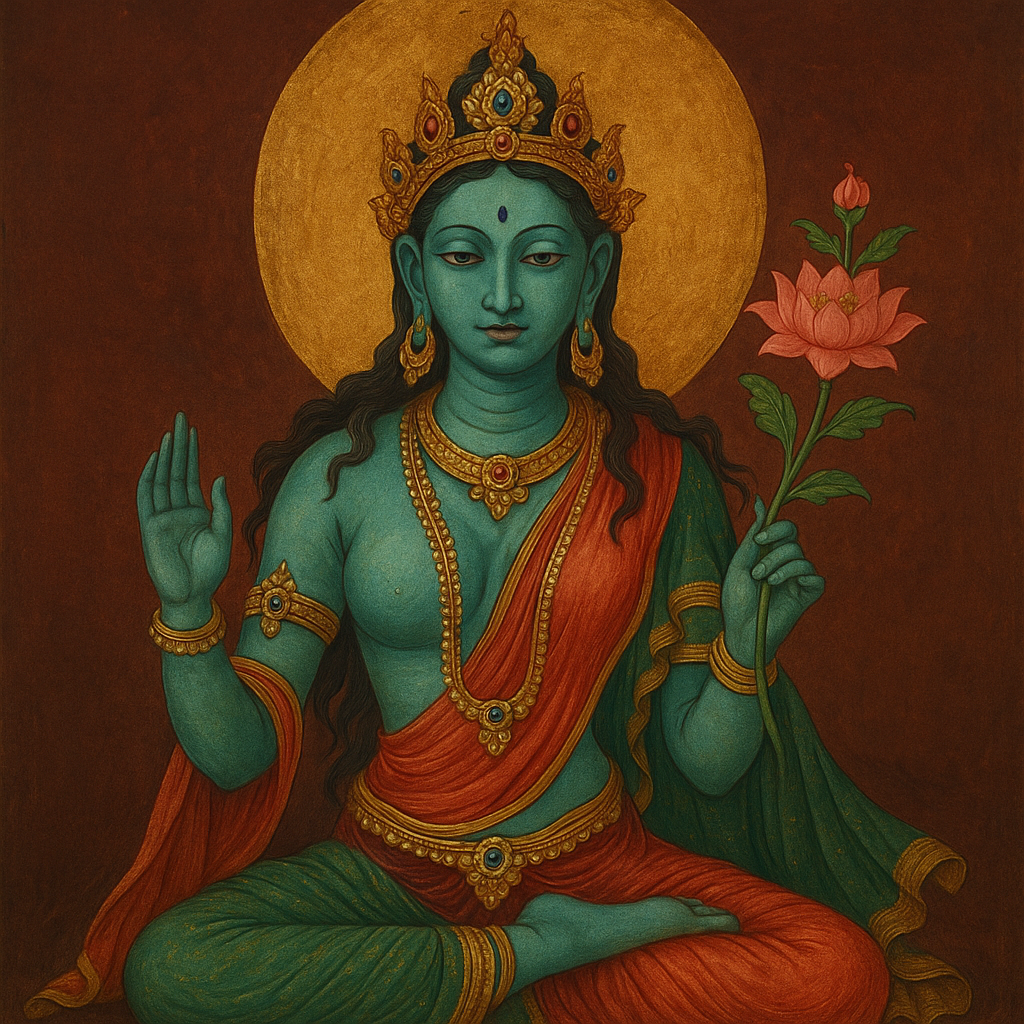
Comments 0
Leave your thought here